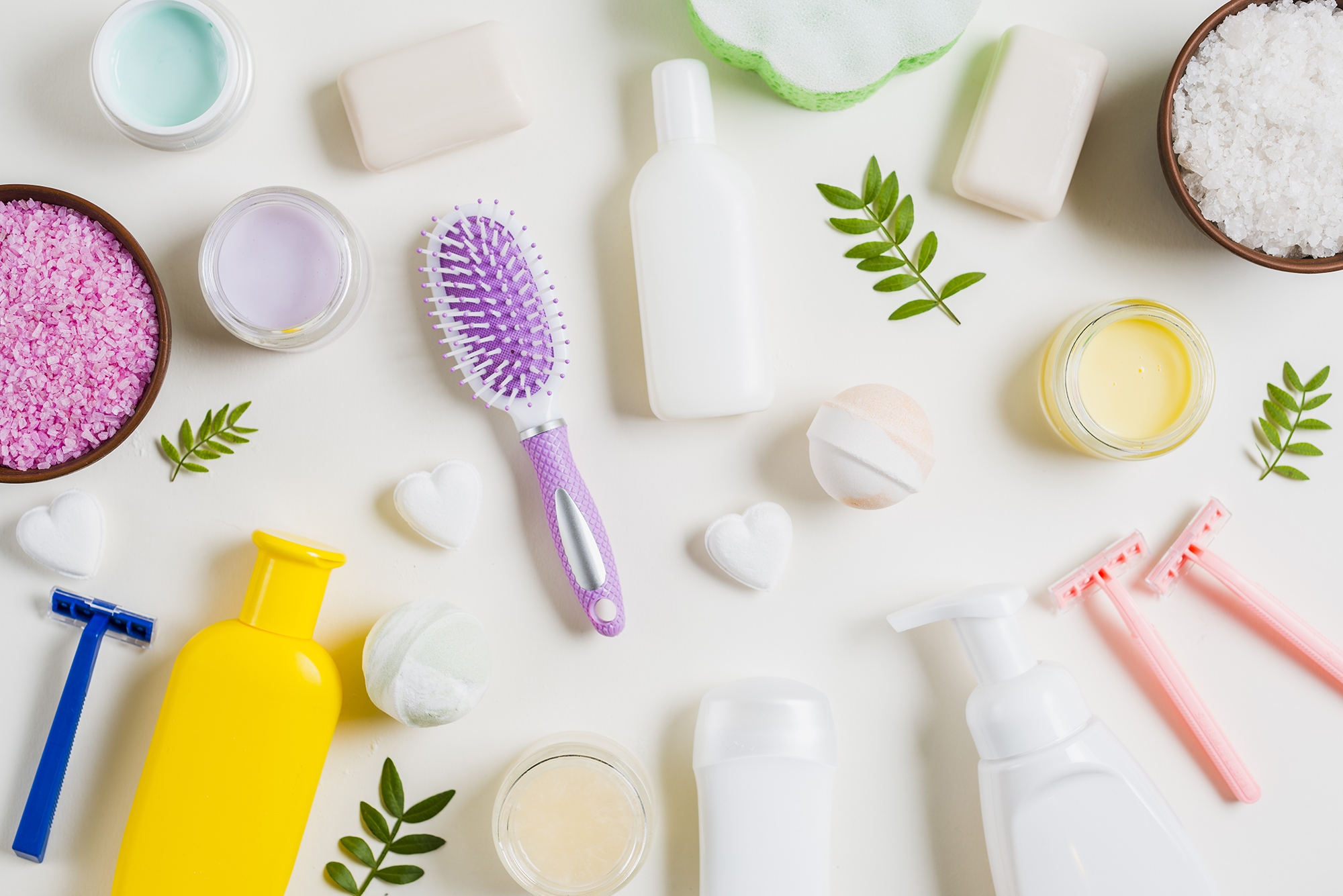What are Borderline products?

Working in the cosmetic industry can be quite challenging and sometimes it involves confrontation with some topics for which critical analysis is required. One of the biggest challenges to be faced, especially at a time when innovation in product development is the watchword, is to clearly understand the scope of application of the Cosmetic Products Regulation EC 1223/2009 and to be able to recognise and define the boundary between cosmetics and other products, such as medicinal products, medical devices, biocidal products and general products.
As much as it may not seem, sometimes it might be very difficult to determine if a certain product comes under cosmetics law or another legislation. The choice of a product's classification in the case of these "borderline products" must then be made on a case-by-case basis.
The European Commission has prepared guidance materials, such as a manual on the scope of application of the Cosmetics Regulation and other instructions on the boundary between cosmetics laws and other sectorial legislation, to help with the application of EU law in these circumstances.
The Borderline Products Manual is a document prepared by the Sub-Group on Borderline Products and then approved by the Working Group on Cosmetic Products and consists of a collection of practice for the case-by-case application of Union legislation by the member-states, in order to ensure a uniform approach.
Although the views expressed are not legally binding, they suggest if a particular product may or may not fall within the scope of application of the Cosmetics Regulation.
The Manual was last updated in September 2020 and discusses, for example, whether products used against head lice are cosmetic products or not. Well, since these products do not have a cosmetic purpose, they are not cosmetic products. The qualification of these products is, in fact, a borderline issue between medicinal products, medical devices and biocides.
Another example concerns nasal sprays. Given the application site, these products cannot be considered cosmetic products as the nasal cavity is not covered in the definition of a cosmetic product.
In the context of the Covid-19 pandemic, and the dramatic increase in the use of hand cleaners and hand disinfectants in the forms of gels, hand wipes or other leave-on products, a new Guidance on the applicable legal framework of those products (i.e. the Cosmetic Products Regulation or the Biocidal Products Regulation) on the EU market and the claims which can be made to the user was also published.
These products can be subject either to Cosmetic Products Regulation or Biocidal Products Regulation (normally only one legislation should be applicable to a product), depending first of all on the presence of an active substance and the main purpose of the product: when the main purpose is to cleanse or clean the skin it is probably subject to the Cosmetic Products Regulation; if no main purpose is declared and such product contain an active substance and is marketed with any claims of biocidal activity or specific effects of reducing cross-contamination, it would be probably subject to the Biocidal Products Regulation.
As we can see, categorising a product and identifying to which regulatory framework it belongs can be quite challenging but is a fundamental step to ensure compliance with EU Regulations.
References
European Commission. Cosmetic products – specific topics: Borderline products
The Cosmetic, Toiletry and Perfumery Association. Cosmetic Product Borderlines
Borderline Manual September 2020
International Chemical Regulatory and Law Review. Volume 4, Issue 2 (2021) p.72-74
![[Logo Cosmedesk]](/media/ljbbhnk4/logo-cosmedesk.svg)